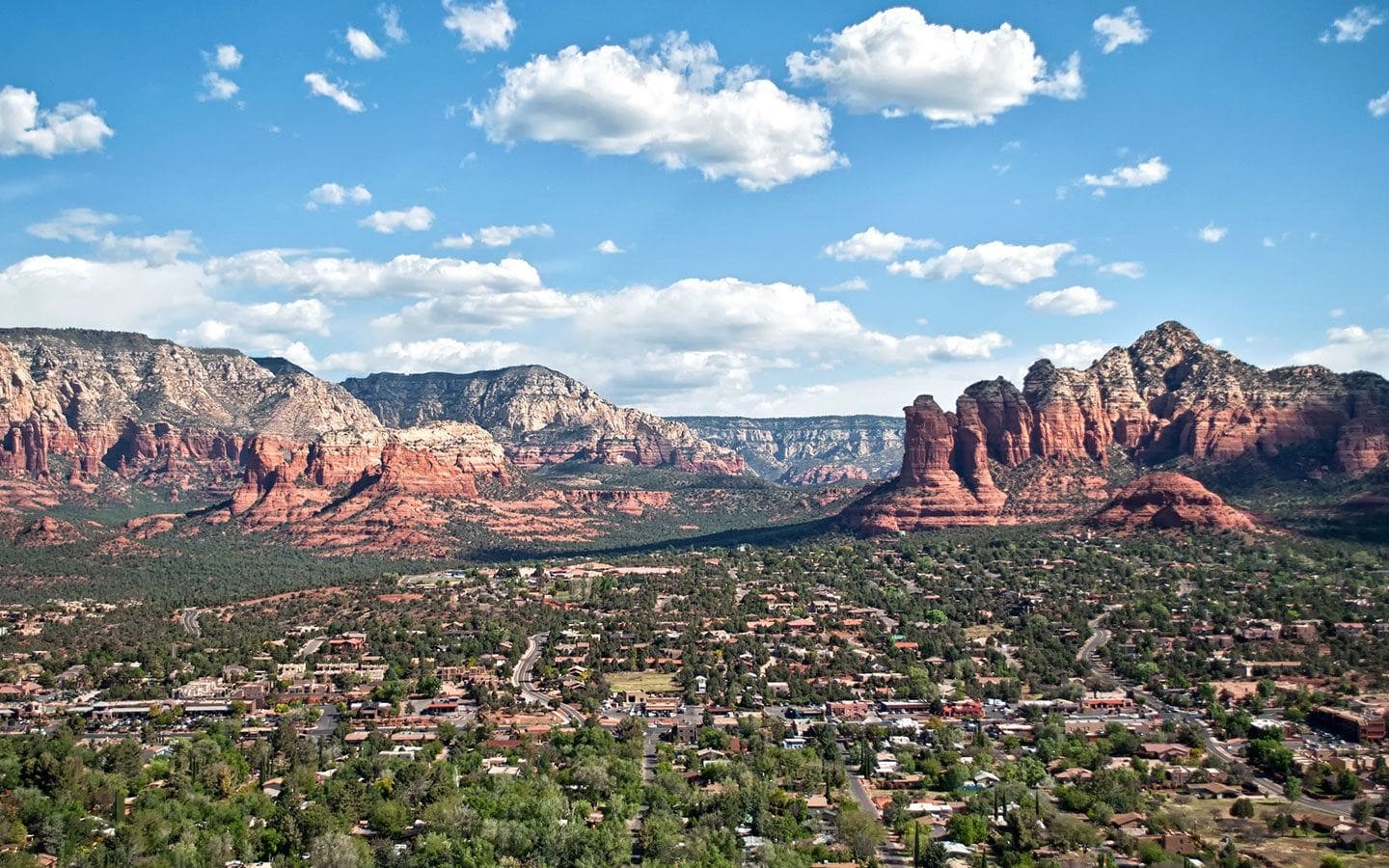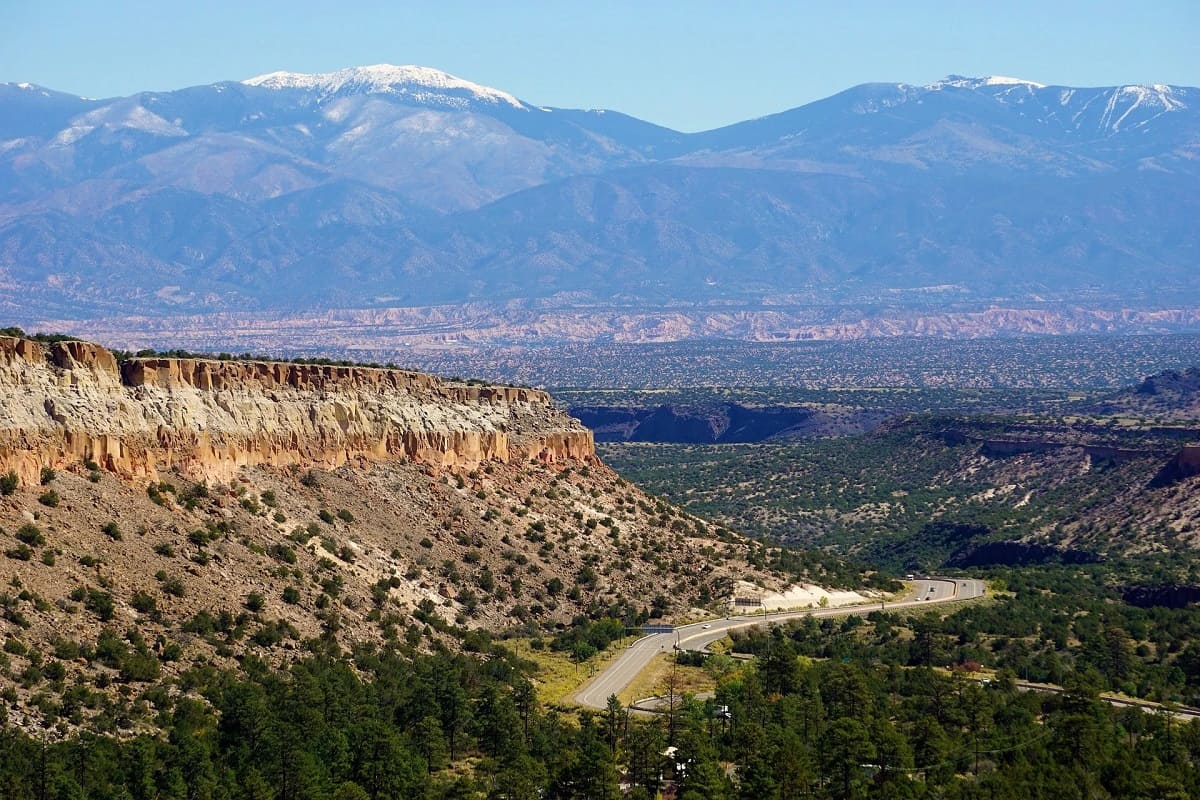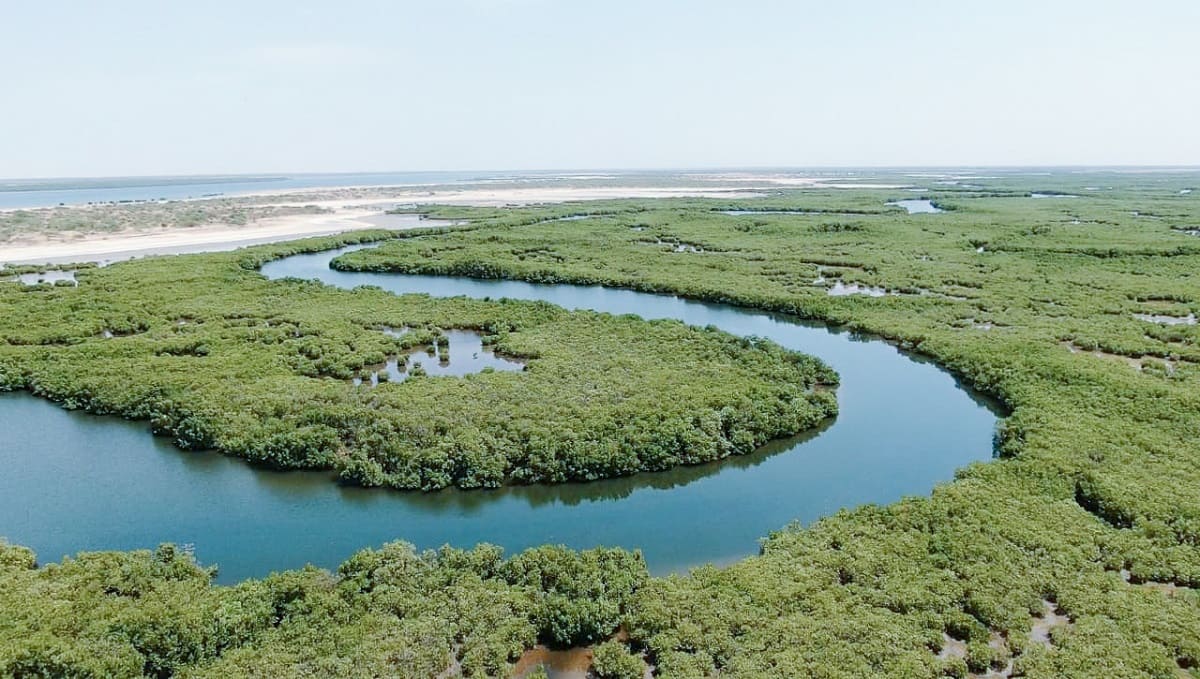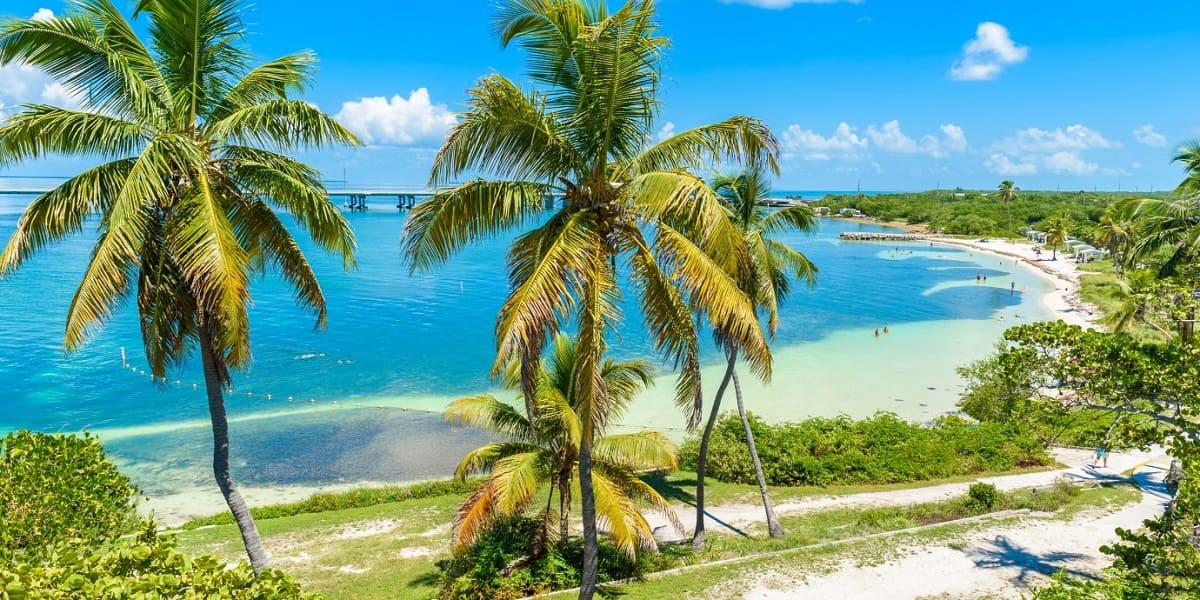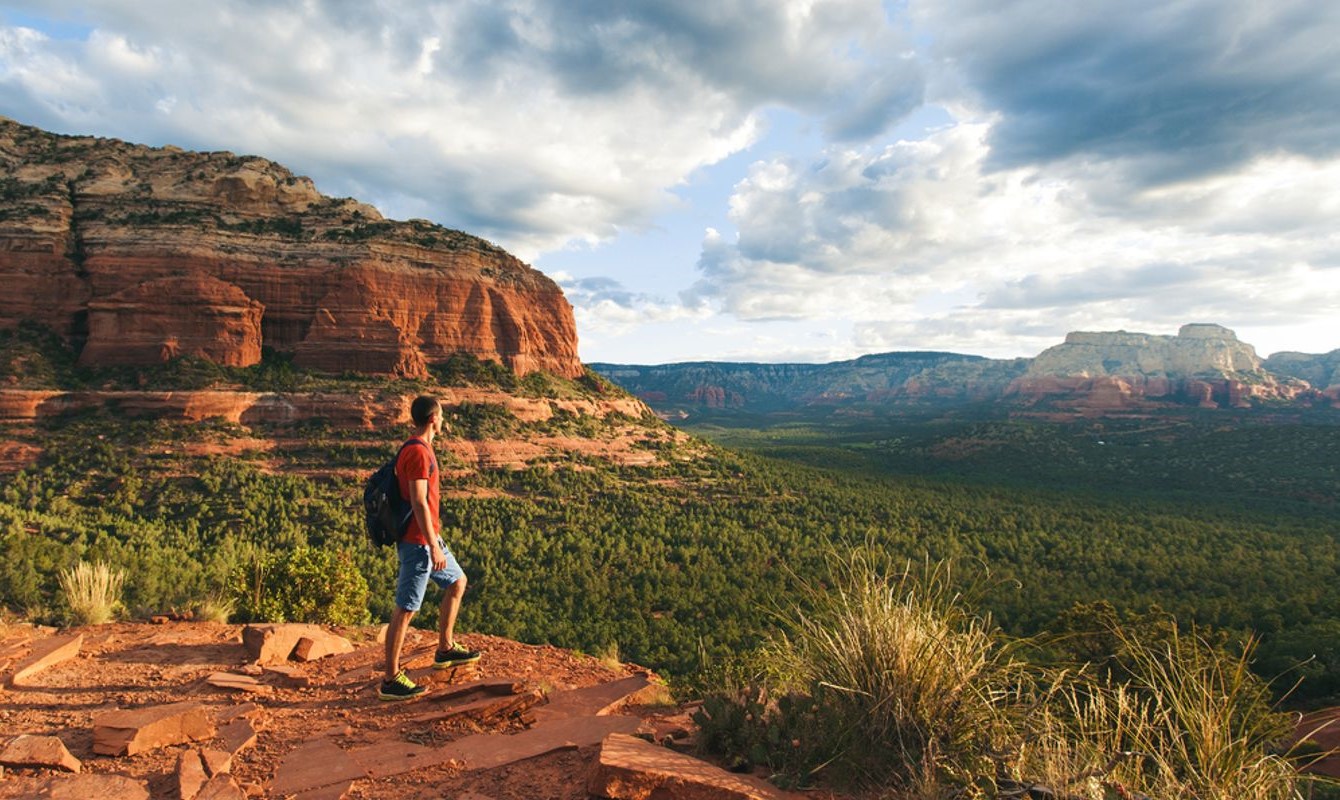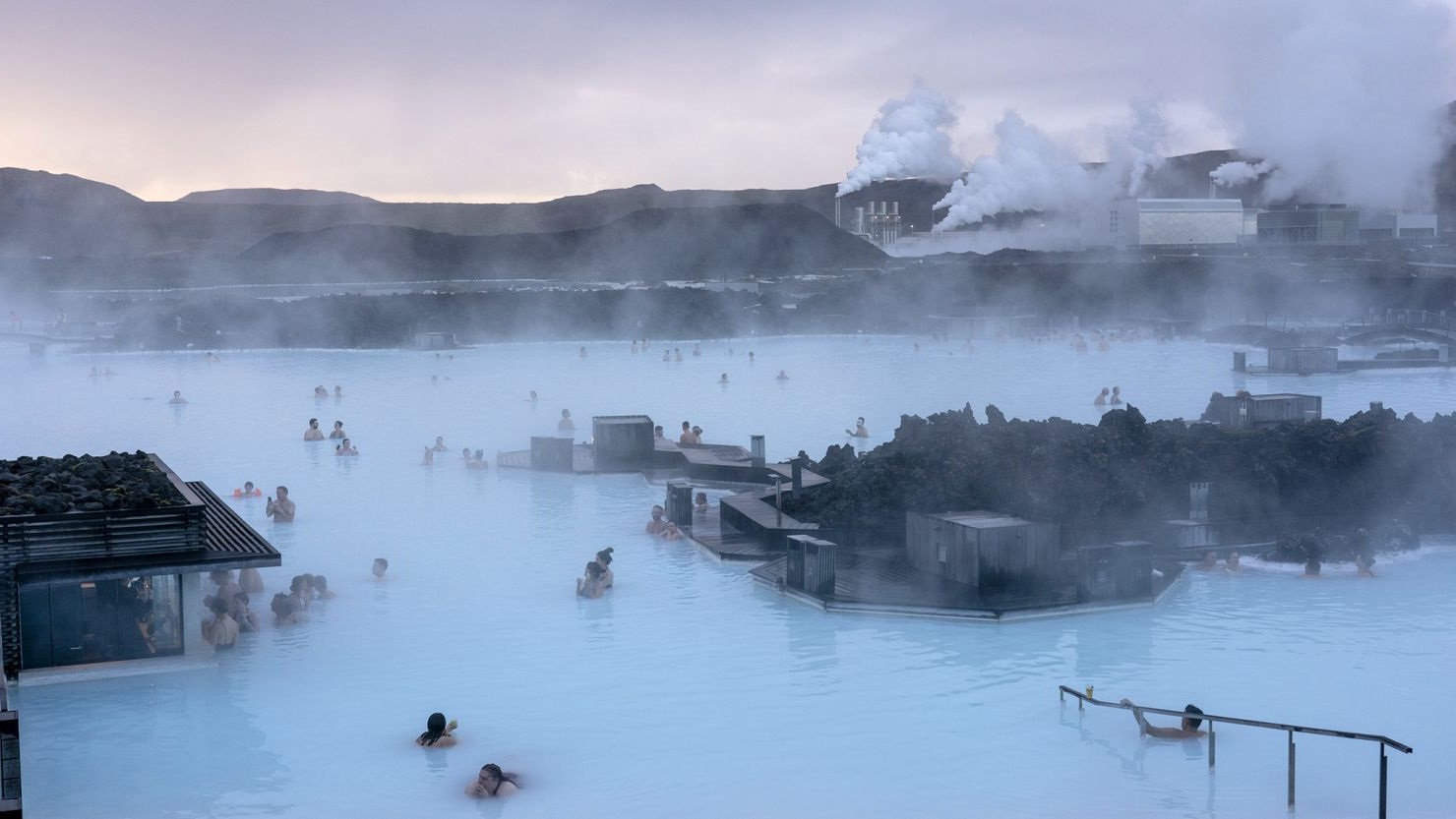Home>Weather and Climate>Understanding The Climate Of Sedona: A Comprehensive Guide
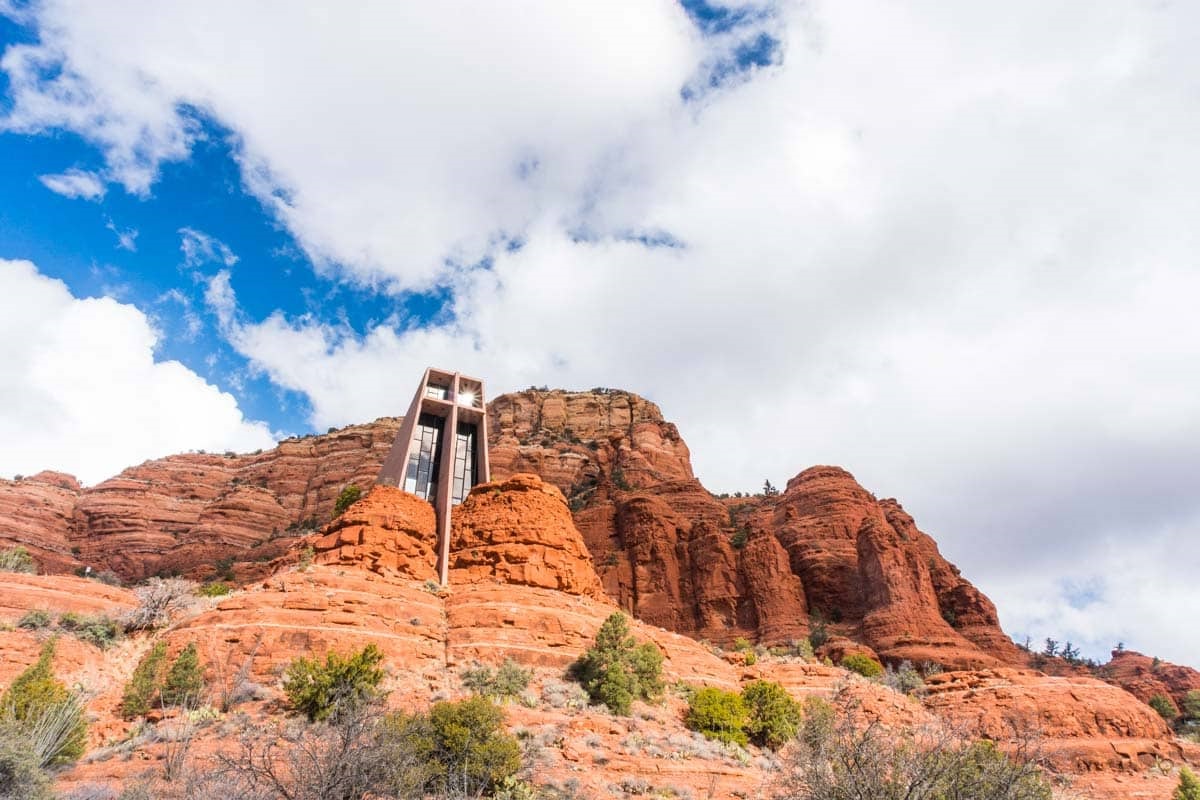

Weather and Climate
Understanding The Climate Of Sedona: A Comprehensive Guide
Published: March 1, 2024
Discover the weather and climate of Sedona with our comprehensive guide. Gain a deeper understanding of the region's climate patterns and seasonal variations.
(Many of the links in this article redirect to a specific reviewed product. Your purchase of these products through affiliate links helps to generate commission for Temperatures.com, at no extra cost. Learn more)
Table of Contents
Introduction
Nestled amidst the breathtaking red rock formations of Arizona, Sedona is a place of unparalleled natural beauty and mystique. Its unique climate, characterized by arid conditions and dramatic temperature fluctuations, plays a pivotal role in shaping the region's allure and lifestyle. Understanding the climate of Sedona is essential for residents, visitors, and anyone captivated by the enchanting landscape of this desert paradise.
In this comprehensive guide, we will delve into the geographical features that influence Sedona's climate, explore the distinctive weather patterns that define the region, and examine the impact of climate change on this captivating environment. Additionally, we will provide valuable tips for navigating the climate in Sedona, empowering you to make the most of your experience while respecting and adapting to the natural rhythms of this extraordinary locale.
Embark on a journey through the heart of Sedona's climate, where the convergence of rugged terrain, celestial skies, and ancient history creates a tapestry of environmental wonders. Let's unravel the mysteries of Sedona's climate and gain a deeper appreciation for the forces that shape this captivating corner of the world.
The Geography of Sedona
Nestled in the high desert of northern Arizona, Sedona is renowned for its awe-inspiring red rock formations, verdant canyons, and meandering waterways. The region's geography is a testament to the forces of nature, sculpted over millions of years by the erosive power of wind and water. At the heart of Sedona's landscape is the iconic red sandstone, which forms towering buttes, mesas, and spires, creating a visual symphony of color and form.
The city of Sedona is situated at an elevation of approximately 4,500 feet, surrounded by the Coconino National Forest and the Verde Valley. The area is intersected by Oak Creek, a perennial stream that meanders through the terrain, nourishing lush riparian habitats and providing a stark contrast to the arid desert surroundings.
Sedona's geography is characterized by a semi-arid climate, with an average annual precipitation of around 19 inches. The region experiences four distinct seasons, each contributing to the dynamic tapestry of the landscape. From the vibrant blooms of spring to the golden hues of autumn, Sedona's geography interacts harmoniously with the changing seasons, offering a diverse and captivating visual spectacle throughout the year.
The geological formations of Sedona are a testament to the region's rich natural history, with rock layers dating back millions of years. The iconic red rocks, composed of sandstone and limestone, bear witness to the ancient geological processes that have shaped the area, including the uplifting of sedimentary layers and the carving of canyons and cliffs by the erosive forces of water and wind.
Sedona's geography also encompasses a network of hiking trails, providing access to the region's most iconic landmarks, such as Cathedral Rock, Bell Rock, and the majestic red rock formations of the Oak Creek Canyon. These natural wonders serve as a playground for outdoor enthusiasts, offering opportunities for hiking, rock climbing, and photography amidst the awe-inspiring backdrop of Sedona's geological splendor.
In essence, the geography of Sedona is a testament to the enduring power of nature, where the interplay of rock, water, and sky creates a landscape of unparalleled beauty and intrigue. Understanding the geological foundations of Sedona is essential for appreciating the region's unique climate and the profound influence it exerts on the local environment and inhabitants.
The Weather Patterns in Sedona
Sedona's weather patterns are as diverse and captivating as its geological tapestry. The region experiences a semi-arid climate, characterized by an abundance of sunshine, low humidity, and a stark diurnal temperature range. The interplay of these factors creates a distinctive atmospheric milieu that shapes the daily and seasonal weather patterns in Sedona.
Seasonal Variations:
Sedona experiences four distinct seasons, each with its own unique character. Spring brings mild, sunny days and cool nights, accompanied by the vibrant bloom of wildflowers and the renewal of the desert landscape. Summer heralds the arrival of intense heat, with daytime temperatures often exceeding 100°F (37.8°C), tempered by the refreshing shade of the surrounding forests and the cool waters of Oak Creek. Autumn graces Sedona with balmy days, crisp evenings, and the transformation of the foliage into a kaleidoscope of red, gold, and amber. Winter unveils a cooler side of Sedona, with occasional snow dusting the red rocks and creating a picturesque contrast against the azure skies.
Diurnal Temperature Fluctuations:
One of the most striking features of Sedona's climate is the dramatic diurnal temperature range. Days are characterized by abundant sunshine and warmth, while nights bring a rapid and substantial drop in temperature. This phenomenon is attributed to the region's arid conditions, which allow for efficient heat loss after sunset. As a result, visitors to Sedona are advised to prepare for significant temperature differentials between day and night, regardless of the season.
Monsoonal Influence:
During the summer months, Sedona experiences the influence of the North American Monsoon, bringing a welcome respite from the arid conditions. This seasonal weather pattern results in an increase in humidity and the potential for afternoon thunderstorms, which punctuate the otherwise dry summer days with dramatic displays of lightning and precipitation. The monsoonal rains nourish the parched earth, rejuvenating the flora and adding a dynamic element to the summer climate.
Wind and Dust:
Sedona is also known for its occasional episodes of strong winds, which can stir up dust and sand, creating transient but intense periods of reduced visibility. These windy conditions are most prevalent during the spring and early summer, adding an element of dynamism to the atmospheric dynamics of the region.
In essence, the weather patterns in Sedona are a reflection of the region's semi-arid climate, characterized by seasonal variations, diurnal temperature fluctuations, monsoonal influence, and occasional episodes of wind and dust. Understanding these weather patterns is essential for anyone seeking to immerse themselves in the natural rhythms of Sedona and make the most of their experience in this captivating desert landscape.
The Impact of Climate Change on Sedona
Climate change has emerged as a significant factor influencing the delicate ecological balance of Sedona's semi-arid environment. The region's susceptibility to the effects of climate change is evident in various aspects of its natural systems, from the resilience of native flora and fauna to the availability of water resources and the frequency of extreme weather events.
One of the most pronounced impacts of climate change on Sedona is the alteration of precipitation patterns. As global temperatures rise, the dynamics of precipitation in the region are undergoing transformation, leading to potential shifts in the timing and intensity of rainfall. This can have far-reaching consequences for the delicate balance of water availability in the arid landscape, affecting ecosystems, agriculture, and human settlements.
Furthermore, rising temperatures associated with climate change can exacerbate the risk of prolonged droughts in the region, placing additional stress on water resources and increasing the likelihood of wildfire occurrences. The heightened aridity and prolonged periods of heat can also impact the health and vitality of vegetation, including the iconic juniper and pinon pine forests that grace the hillsides of Sedona.
The ecological impacts of climate change extend to the region's wildlife, with shifts in temperature and precipitation patterns potentially influencing the distribution and behavior of native species. These changes can disrupt established ecological relationships and migration patterns, posing challenges to the adaptability and survival of diverse flora and fauna in the region.
In addition to ecological concerns, the impact of climate change on Sedona extends to the realm of human activity and infrastructure. The increased frequency of extreme weather events, such as intense heatwaves and flash floods, can pose risks to public health and safety, as well as the stability of built environments and transportation networks.
Addressing the impact of climate change on Sedona requires a multifaceted approach, encompassing strategies for sustainable water management, conservation of natural habitats, and the implementation of resilient infrastructure and urban planning. By understanding and mitigating the effects of climate change, Sedona can strive to preserve its unique natural heritage and ensure the well-being of its inhabitants for generations to come.
Tips for Navigating the Climate in Sedona
Navigating the climate in Sedona requires a blend of preparedness, adaptability, and a deep appreciation for the natural rhythms of the desert environment. Whether you are a resident or a visitor, these tips will empower you to embrace the unique climate of Sedona and make the most of your experience in this captivating region.
-
Hydration is Key: The arid conditions of Sedona demand vigilant hydration. Carry a reusable water bottle and ensure you drink plenty of water, especially during outdoor activities. Staying hydrated is essential for mitigating the effects of the dry climate and the potential for rapid dehydration.
-
Sun Protection: The abundant sunshine in Sedona calls for diligent sun protection. Wear sunscreen with a high SPF, don a wide-brimmed hat, and use UV-protective sunglasses to shield your eyes from the intense desert sun. These measures are crucial for safeguarding your skin and eyes from the potent rays of the sun.
-
Layered Clothing: Be prepared for the dramatic diurnal temperature range by dressing in layers. Mornings and evenings can be cool, while midday temperatures soar. Layering allows you to adjust to the fluctuating temperatures throughout the day, ensuring comfort and adaptability.
-
Respect Trail Etiquette: If you plan to explore Sedona's network of hiking trails, it's essential to respect trail etiquette and adhere to Leave No Trace principles. Stay on designated paths, pack out any waste, and be mindful of the fragility of the desert ecosystem. By treading lightly, you contribute to the preservation of Sedona's natural beauty.
-
Stay Informed About Weather: Keep abreast of weather forecasts and be mindful of the potential for sudden changes in weather patterns, especially during the monsoonal season. Being informed about weather conditions allows you to plan outdoor activities prudently and stay prepared for any atmospheric fluctuations.
-
Embrace Early Mornings and Evenings: Take advantage of the cooler temperatures during the early morning and evening hours. Engage in outdoor activities such as hiking or photography during these times to avoid the peak heat of the day and relish the tranquil beauty of the desert landscape.
-
Mindful Water Usage: Given the arid nature of the region, practice mindful water usage, whether indoors or outdoors. Conserve water whenever possible, and be cognizant of the importance of this precious resource in sustaining the delicate balance of the desert ecosystem.
By incorporating these tips into your approach to navigating the climate in Sedona, you can cultivate a deeper connection with the natural environment and savor the myriad wonders that this captivating region has to offer. Embrace the spirit of adaptability and reverence for nature as you immerse yourself in the enchanting climate of Sedona.
Conclusion
In conclusion, the climate of Sedona is a captivating tapestry woven from the interplay of geological grandeur, seasonal dynamism, and the enduring influence of arid conditions. The region's semi-arid climate, characterized by abundant sunshine, dramatic temperature differentials, and seasonal variations, shapes the essence of Sedona's natural environment and lifestyle. From the vibrant blooms of spring to the golden hues of autumn and the occasional snow-dusted winters, Sedona's climate offers a diverse and ever-changing backdrop for exploration and contemplation.
The impact of climate change on Sedona underscores the need for proactive measures to preserve the delicate ecological balance of the region. As global temperatures rise, the resilience of native flora and fauna, the availability of water resources, and the frequency of extreme weather events are all subject to transformation. Addressing the implications of climate change requires a concerted effort to implement sustainable practices, conserve natural habitats, and foster resilience in the face of environmental challenges.
Navigating the climate in Sedona demands a blend of preparedness, adaptability, and a deep appreciation for the natural rhythms of the desert environment. From vigilant hydration and sun protection to embracing early mornings and evenings, visitors and residents alike can immerse themselves in the unique climate of Sedona while respecting and safeguarding the region's natural heritage.
As we unravel the mysteries of Sedona's climate, we gain a deeper appreciation for the forces that shape this captivating corner of the world. The geological splendor, seasonal transitions, and the enduring spirit of adaptation define the essence of Sedona's climate, inviting us to embrace the beauty and resilience of this extraordinary desert landscape.
In essence, understanding the climate of Sedona is an invitation to embark on a journey through the heart of a region where the convergence of rugged terrain, celestial skies, and ancient history creates a tapestry of environmental wonders. By respecting and adapting to the natural rhythms of this extraordinary locale, we can forge a deeper connection with the landscape and cultivate a profound appreciation for the enduring allure of Sedona's climate.

